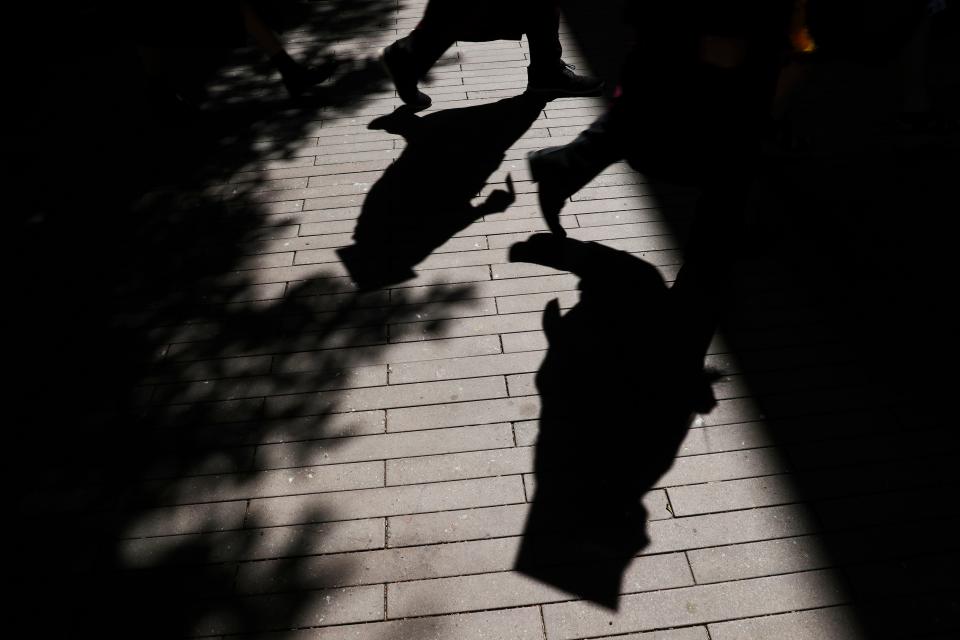Here's what to know about tuition increases at Arizona's state universities
The Arizona Board of Regents gave a stamp of approval to multiyear tuition increases on April 21.
The move marks the first time the governing body for Arizona’s public university system has set a rate schedule on a staggered six-year cycle, a structural change regents approved in February. Increases had previously been set yearly.
Here's what to know about the changes and how they will impact students' tuition bills.
What will tuition cost next year?
Across the three universities, the tuition hikes for next year range from 3% to 5% for undergraduate students, depending on residency.
Here's what resident undergraduates can expect to pay for the 2023-24 academic year:
Arizona State University: Resident undergraduate students in campus immersion programs will pay a base rate of $11,308, per Arizona State University's tuition plan.
University of Arizona: Resident undergraduate base tuition for new students will be $11,871, per the university's plan.
Northern Arizona University: Tuition for new resident undergraduate students on Northern Arizona University's Flagstaff campus will be $11,352, according to the university's plan.

How much could tuition rise in the future?
Several factors could impact how much tuition costs in future years. The tuition-related policy changes passed by the Board of Regents in February allow the three state universities to choose to charge tuition below the maximum allowable amount. In addition, legislative changes to the amount of money allocated to the universities could impact whether the annual growth rates freeze, continue as approved or increase in future years.
Here are the maximum annual growth rates proposed by the universities and approved by the regents through the 2028-29 academic year:
Arizona State University: Resident undergraduate tuition increases will be capped at 3% each year.
University of Arizona: Resident undergraduate base tuition will be capped at an annual 3% increase.
Northern Arizona University: Tuition growth for resident undergraduate students will be capped at 3.5% annually.
The board and universities are scheduled to revisit the growth rates in four years when they consider the next six-year cycle.
Why tie tuition to lawmakers' decisions?
For years, regents have criticized state lawmakers for disinvesting in public universities and forcing the board to raise tuition prices.
Now, the regents are attempting to put legislators in the hot seat. If state lawmakers give more money, the board can avoid passing on the costs to students. If not, the planned increases will apply.
And if lawmakers choose to reduce the amount of funding going toward public universities, the new policy allows the schools to set tuition and fees exceeding the maximum growth rates — meaning students could pay more than what's currently approved.
Turning the tables: Regents link future Arizona tuition increases to how Legislature funds universities
How does Arizona compare with other states?
The Arizona Republic examined tuition rates for resident undergraduates at public, four-year universities in California, Nevada, Utah, Colorado and New Mexico and found that base tuition rates at Arizona's three state universities are not the highest but fall near the upper end of the pack.
Sasha Hupka covers higher education for The Arizona Republic. Do you have a tip on Arizona's universities, community colleges or trade schools? Reach her at sasha.hupka@arizonarepublic.com. Follow her on Twitter: @SashaHupka.
This article originally appeared on Arizona Republic: What to know about tuition increases at state universities in Arizona

